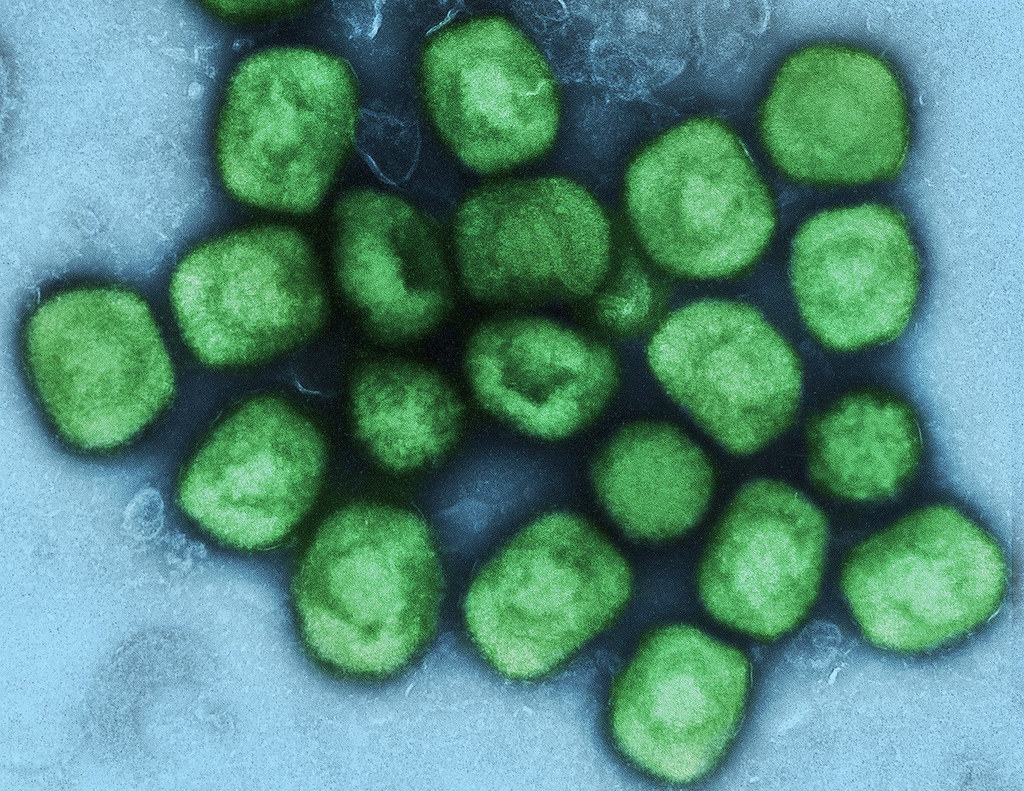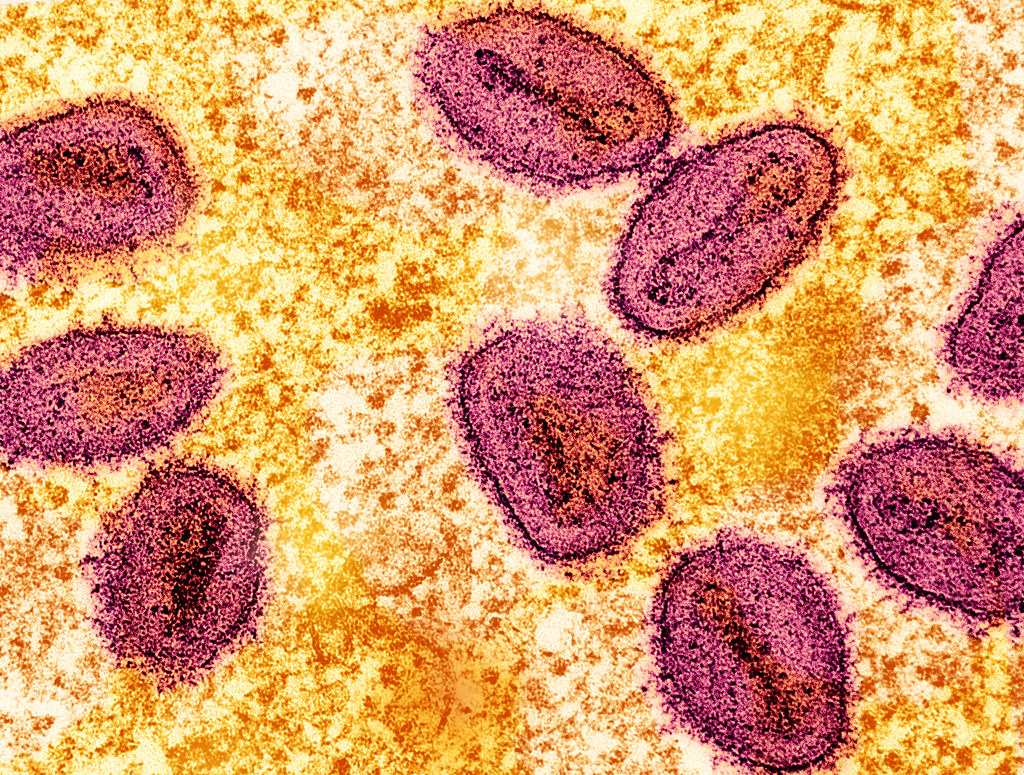In a significant development for public health monitoring, US health officials have confirmed the nation’s first case of a more severe strain of mpox. The case, identified in California, involved a patient who had recently returned from Africa, raising concerns about the importation of infectious diseases and underscoring the need for vigilant global health surveillance.
A Rare and Noteworthy Detection
California health authorities, through meticulous laboratory testing, determined that the patient in question is infected with clade I mpox—a strain that, historically, has been associated with more severe symptoms compared to the clade II variant that fueled the 2022 outbreak in nonendemic regions. The case was confirmed in San Mateo County, where the patient is currently receiving treatment at home, according to information released by the California Department of Public Health (CDPH).
“Public health officials are reaching out to individuals who had close contact with the patient, but there is no indication that clade I mpox is spreading within California or the U.S.,” stated a representative from the state’s health department. This cautious yet proactive response is designed to ensure that any potential transmission chain is promptly identified and interrupted.
Understanding Mpox and Its Variants
Mpox is a viral zoonosis that primarily spreads to humans through contact with infected animals, often via bites or direct exposure to bodily fluids. It has been endemic in parts of Africa for decades, with two distinct genetic clades being identified. Clade I, originating in Central and Eastern Africa, is known for causing more severe illness, including higher rates of complications and hospitalizations, than its clade II counterpart.
The symptoms of mpox include fever, body aches, and chills, along with a characteristic rash that can evolve into pustules. Although the overall risk of widespread transmission remains low, particularly in regions with robust healthcare infrastructures, the detection of a more aggressive strain in the United States has prompted renewed attention from both national and international health authorities.
A Global Health Perspective
The emergence of clade I mpox in the US is not an isolated phenomenon. Prior to this detection, similar cases have been reported in several other countries outside Africa, including India, Germany, Sweden, Thailand, and the United Kingdom. According to the Centers for Disease Control and Prevention (CDC), the US is now the sixth country to report a confirmed case of this more virulent strain. This pattern underscores the interconnected nature of global travel and the potential for infectious diseases to cross borders rapidly.
The World Health Organization (WHO) is set to review the status of the mpox outbreak in Africa on November 22, a decision that will determine whether the outbreak continues to qualify as a public health emergency of international concern. The ongoing debate highlights the challenges in balancing public health priorities with the realities of global mobility and economic interdependence.
The Role of Quality Medical Care
One of the crucial takeaways from the CDPH statement is that, while clade I mpox has historically been linked to more severe disease, recent cases may not be as dire when patients receive timely and quality medical care. This observation is a testament to the advancements in diagnostic techniques, therapeutic interventions, and overall healthcare infrastructure that can mitigate the impact of even the most aggressive strains of viral infections.
Healthcare professionals emphasize that early detection and prompt treatment are essential in managing mpox. In the case of the California patient, swift laboratory testing and isolation measures have helped prevent further spread, ensuring that the patient is recovering in a controlled environment. Such measures not only protect the individual but also safeguard public health by reducing the risk of community transmission.
Public Health Response and Preventive Measures
In response to the confirmed case, local health authorities have initiated contact tracing efforts to identify and monitor individuals who may have been exposed to the virus. This proactive approach is fundamental in preventing the establishment of a local outbreak, particularly given the potential severity associated with clade I mpox.
Public health officials are also reminding the public about the importance of hygiene, early symptom recognition, and seeking medical attention if symptoms develop after recent travel to endemic regions. These preventive measures, combined with robust surveillance systems, are vital components in the broader strategy to contain and manage infectious diseases.
Lessons from Past Outbreaks
The detection of a more aggressive mpox strain in the US provides an opportunity to reflect on the lessons learned from previous outbreaks, including the significant global mpox incident in 2022. During that period, rapid international spread and extensive media coverage underscored the critical role of early detection, transparent communication, and coordinated response efforts.
The 2022 outbreak was largely driven by the clade II variant, which, while highly contagious, generally resulted in milder disease. In contrast, clade I poses a greater risk due to its association with more severe clinical outcomes. However, the experience of 2022 also highlighted that with proper medical intervention and public health strategies, even an outbreak of mpox can be effectively controlled.
The Importance of Global Collaboration
The case in California is a reminder of the importance of global health collaboration. Viruses do not respect national borders, and a coordinated international approach is essential to manage and mitigate outbreaks. Agencies such as the CDC, WHO, and various national health departments work together to share data, resources, and expertise. This collaboration is particularly crucial in tracking viral mutations, understanding transmission dynamics, and developing targeted interventions.
Furthermore, the detection of clade I mpox in multiple countries has reinforced the need for continuous investment in public health infrastructure. By bolstering diagnostic capabilities and enhancing response protocols, nations can better prepare for and respond to the emergence of new and more virulent pathogen strains.

Public Communication and Managing Perceptions
Effective communication is a cornerstone of successful public health interventions. In the wake of the confirmed case, the messaging from California health officials has been clear: while the detection of clade I mpox is concerning, there is no current evidence of widespread transmission within the state or the nation. This balanced communication is essential to prevent undue panic while ensuring that the public remains informed and vigilant.
Health authorities are also working to dispel myths and misinformation that can arise during such events. By providing accurate, timely, and comprehensive information, they aim to maintain public confidence in the health system’s ability to manage the situation effectively. This approach is crucial not only for the current mpox case but also for future public health challenges that may emerge.
Looking Forward: Preparedness for Future Outbreaks
The confirmed case of clade I mpox in the US is a wake-up call for continued vigilance and preparedness. As global travel resumes and interactions between diverse populations increase, the risk of infectious diseases crossing borders remains ever-present. Public health agencies must continue to refine their surveillance systems, invest in research, and enhance their capacity to respond to emerging threats.
One of the key priorities for the future is the development of more effective vaccines and antiviral treatments specifically targeting mpox. While current therapeutic strategies have proven beneficial in managing the disease, ongoing research is essential to keep pace with the evolving nature of the virus. By investing in scientific research and innovation, the global health community can be better equipped to confront not only mpox but also other emerging infectious diseases.
Conclusion: A Call for Continued Vigilance
The detection of the first case of clade I mpox in the United States is a significant milestone in the ongoing effort to monitor and control infectious diseases. While the patient is currently recovering and there is no evidence of broader community spread, the case serves as a reminder of the challenges posed by emerging viral strains. With robust public health measures, proactive communication, and international collaboration, health officials are well-prepared to manage the situation and mitigate any potential risks.
As the world continues to grapple with the realities of global health in an interconnected era, this incident underscores the importance of vigilance, preparedness, and the continuous pursuit of scientific innovation. By learning from past outbreaks and strengthening our collective response, we can ensure that even the most aggressive pathogens are met with a unified and effective defense. The confirmation of clade I mpox in California is not a cause for panic but rather a call to action—a reminder that in the realm of public health, readiness and resilience are our most valuable assets.
Through coordinated efforts and a commitment to transparency, the global community can navigate the complexities of emerging health threats, ensuring that the lessons of today pave the way for a safer, healthier tomorrow.



